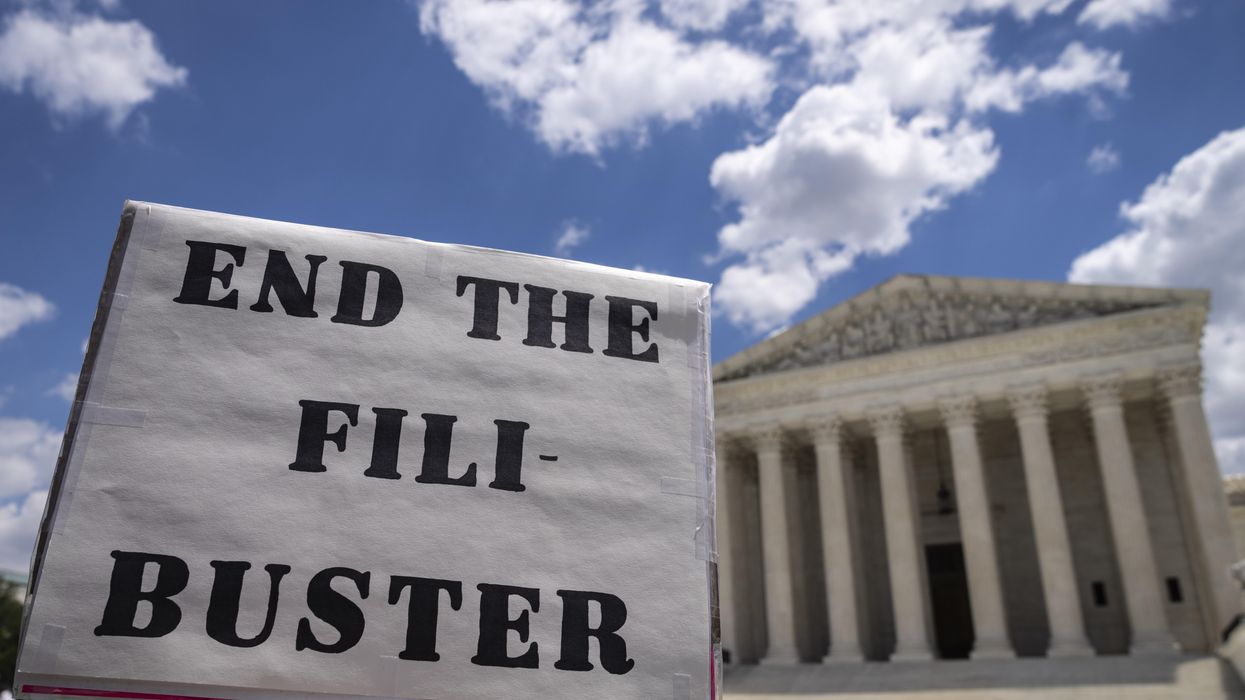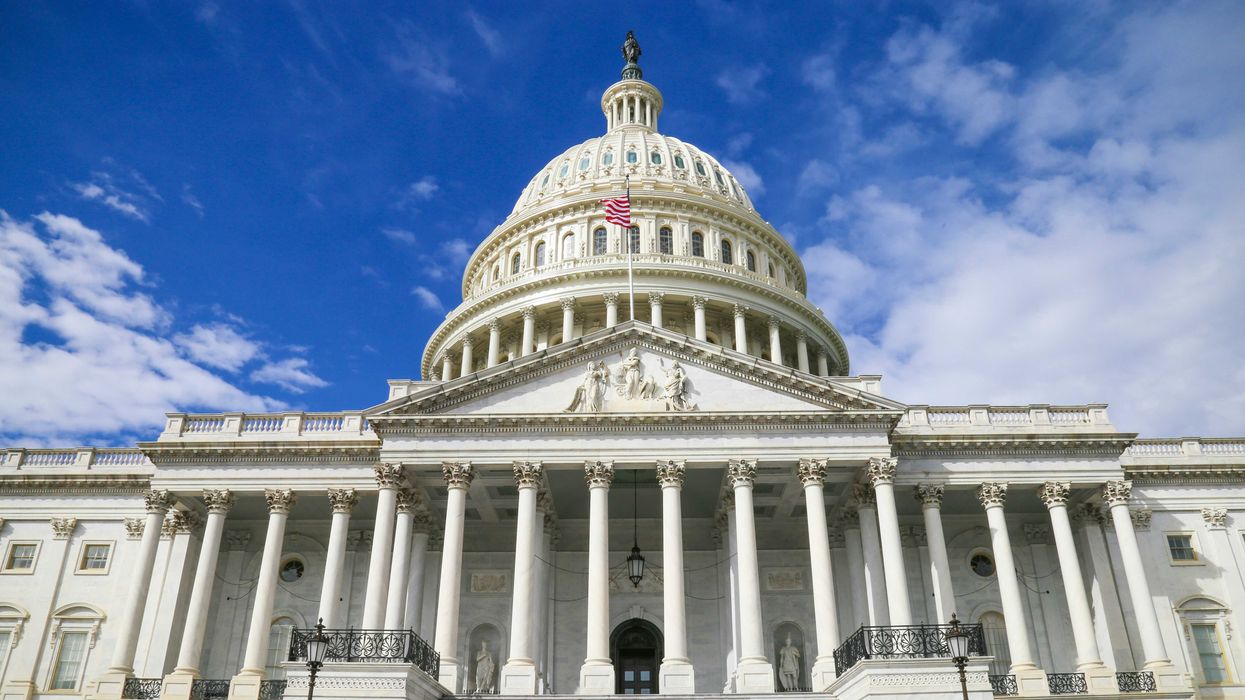Rob Richie is president and CEO of FairVote.
Amidst the postmortems about which party “won” the 2022 midterms, there’s an important story that may have a more enduring impact: the record number of Americans turning to ranked-choice voting for better choices, better campaigns and better representation.
On Election Day, a record eight states, counties and cities voted in favor of RCV, a better method of election that enables voters to rank candidates in order of their choice: first, second, third and so on. RCV measures won in Nevada (where it must earn a second vote of approval in 2024) and cities like Seattle and Portland, Ore.
A reform used in only 10 cities in 2016 has grown to more than 60 cities, counties and states – including Alaska for all its federal and state general elections, Maine for all its federal elections, and the mayors and city councils of the largest cities in seven states.
Functionally, RCV makes common sense. In races with more than two candidates – as in elections this year in Maine’s 2nd congressional district and in Alaska’s statewide elections for governor, U.S. Senate, and U.S. House – an “instant runoff” upholds majority rule no matter how divided the vote. It’s far more efficient than a contentious, expensive, lower-turnout runoff, as we saw in Georgia’s Senate race.
The value of RCV for our politics goes deeper. In our era of fierce partisan division, RCV rewards campaigns for building bridges to more voters rather than burning them. It rewards candidates for campaigning and governing in a more positive, inclusive way.
The best approach is often not a formal cross-endorsement, but clear efforts to engage with voters backing other candidates. In Alaska this year, a Democratic candidate for Congress and a Republican candidate for the state legislature are among those who openly sought second-choice support from voters ranking their opponents first – running positive campaigns focused on local issues and their ability to “work with everyone.” Both of these candidates won their elections.
These incentives exist because RCV gives voters the power to show their more independent views. In Alaska, where most voters lean Republican in presidential elections but are registered as independents, the three big statewide winners were a conservative Republican for governor (Mike Dunleavy), the more moderate Republican incumbent senator (Lisa Murkowski), and Democratic Rep.-elect Mary Peltola, who defeated Sarah Palin by 10 percentage points and has become the state’s most popular politician. The state Senate will be governed by a group of Democratic and Republican legislators teaming up to run committees together.
These outcomes underscore how the “Campaigning 2.0” that RCV rewards can improve both representation and accountability between elections. Incoming officials will have built stronger relationships with all parts of their constituency, including with people they wouldn’t otherwise have reached out to. Knowing that a voter prefers another candidate is no longer a barrier to approaching them; you might still need their second or third choice down the line.
Winners as a result earn more votes and outcomes are more certain to be fair. In Alaska’s legislative races, two Republicans and a Democrat won their “instant runoffs” against their top opponent head-to-head – after trailing in first choices.
RCV is clearly ready to scale, just as it has become the norm in such nations as Australia and Ireland. Election officials can run RCV elections smoothly, transparently and with ever-growing ease. Voters are handling well-designed ballots well, and most cities with RCV produce preliminary counts quickly and complete their final tallies on the same timeline as with traditional voting.
Voters in Alaska, Maine and cities that range from our nation’s largest to small Utah towns are showing a positive way forward at a time of great challenges for American democracy. Their voters are reaping the benefits of redefining voting as ranking. In our ongoing quest for a more perfect union, RCV is a proven upgrade to provide better elections for all.




















